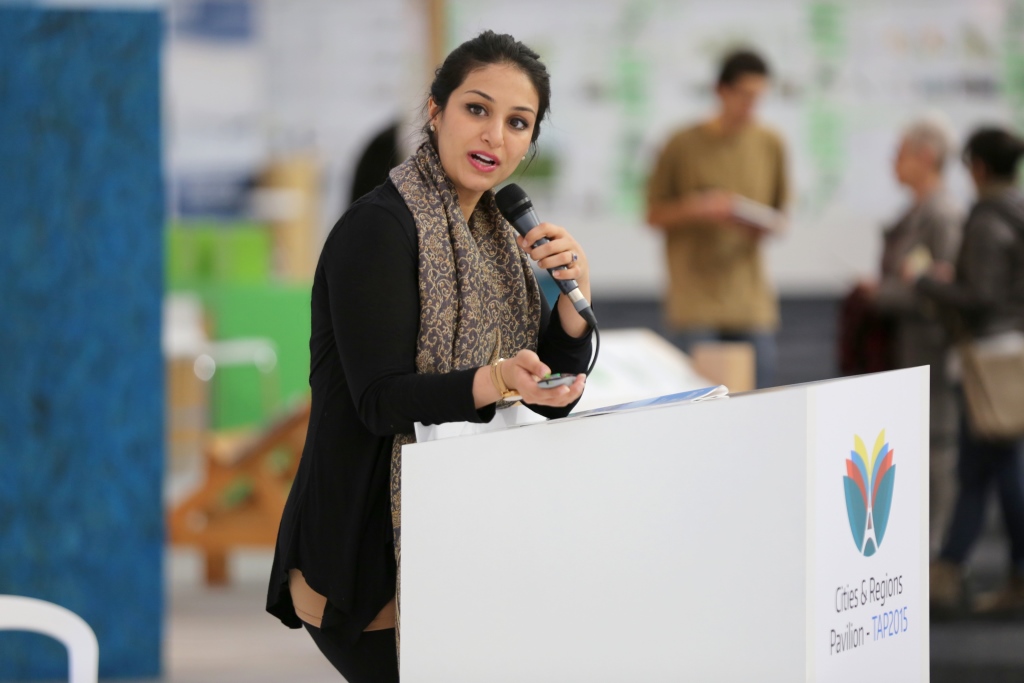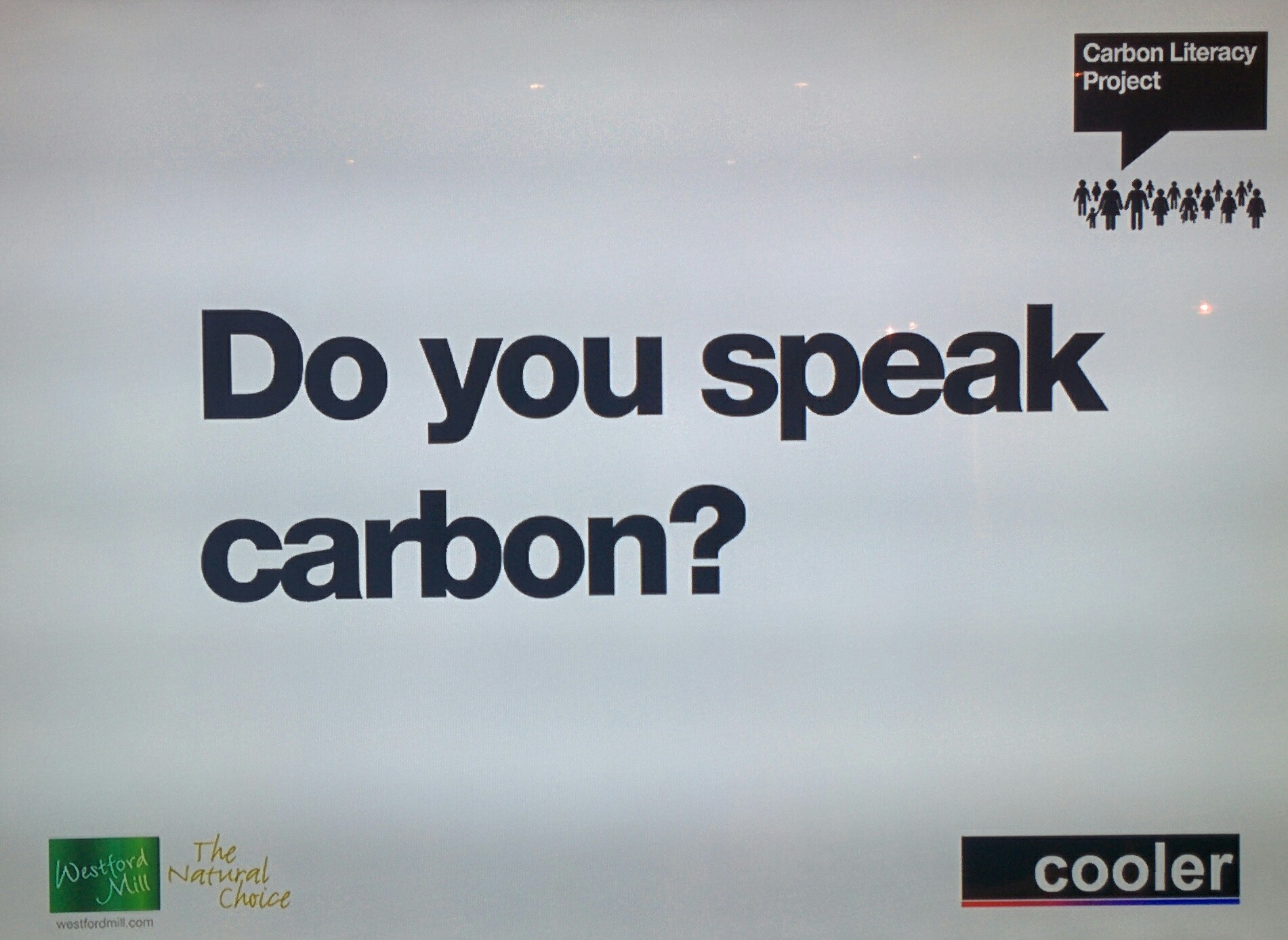Selecting Transformative Local Climate Projects for Implementing Partners
When we ask cities about their climate projects, they often explain that funding is inadequate. When we ask financial institutions how they feel about working with cities, they explain that investment decisions require more rigorous evidence of ambitious, well-conceptualized projects that will be carried to completion.
Until now, there have been few objective, third-party reviews of local climate projects. As a result, financial institutions must take self-assessments by cities at face value, and cannot compare projects given the lack of standardized criteria.
This is one reason why the Transformative Actions Program (TAP) is critical. For the first time, local and regional government networks and their partners have pooled resources to generate a single program that standardizes the review process and increases the likelihood of implementation. Financial institutions and implementing partners also have a one-stop-shop for climate projects through the TAP. For any institutions keen on supporting ambitious local climate action, the TAP is a first port of call.
The benefits from TAP run even deeper for implementing partners. The TAP collects projects and then identifies the most transformative. All projects are judged on the extent to which they are ambitious, cross-cutting and inclusive.
There are two steps to the review process. First, sustainability experts from local government networks assess project submissions against 34 criteria, such as engaging civil society, benefiting the unemployed or contributing to sustainable land use and management. Scores are assigned to rank the projects against these criteria, generating an overall assessment of how ambitious, inclusive and cross-cutting they are.
Following this assessment, the TAP Review Panel, composed of representatives of TAP partners, including NGOs, funding bodies, development institutions and others, meets to officially select projects that will be presented at the Cities & Regions Pavilion – TAP2015. The first meeting took place on Monday 12 October 2015, and more will continue throughout October.
This assessment means that for the first time, the ambitions of cities and regions will be measured and quantified. This ensures that projects selected for the TAP can transform cities and regions and that are the best of the local climate initiatives from around the world.
The next step in the process occurs when financial institutions and other implementing partners attend the Cities & Regions Pavilion – TAP2015 to attend presentations from the pre-selected climate projects. The projects will be featured at special “TAP Time” sessions, with a different region in focus at each.
Following the presentations, implementing partners will have the opportunity to meet with TAP project representatives in private meeting spaces. By making these meetings possible, the Pavilion offers an opportunity for new partnerships. The details of cooperation and funding sources can be elaborated on a one-to-one basis.
The Cities & Regions Pavilion is thus both a platform and a service. For local and regional governments, it offers a space to interact and to further their own ambitions. For implementing partners, it offers an opportunity to see the best local action, pre-reviewed per standardized criteria. Funders do not need to search very long for viable local climate projects.
Instead, funders can attend the Pavilion and meet directly with ambitious cities and regions.







